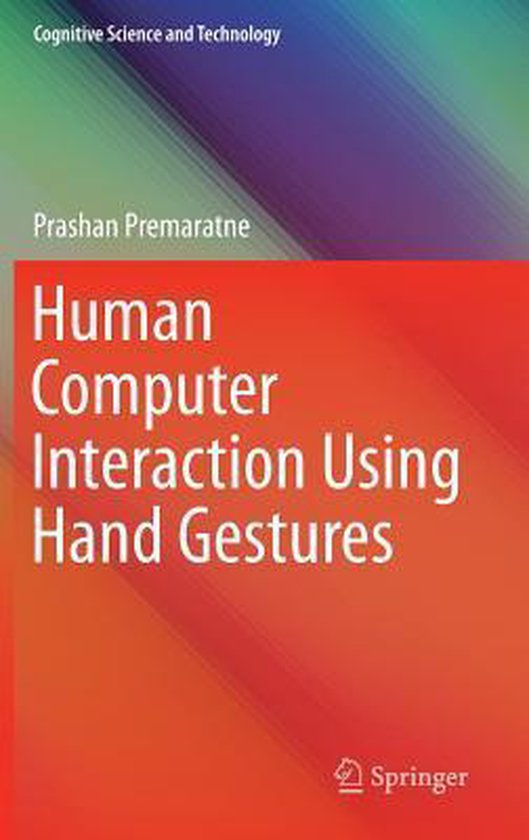Virtually Controlling Computer Using Hand Gestures Using Python Programming Presentation
| Introduction | ||
|---|---|---|
| Hand gesture recognition is a cutting-edge technology that allows users to control computers using their hand movements. Python programming offers a powerful platform for implementing hand gesture recognition algorithms. This presentation will explore the concept of virtually controlling a computer using hand gestures with Python programming. | ||
| 1 | ||
| Hand Gesture Recognition | ||
|---|---|---|
| Hand gesture recognition is the process of identifying and interpreting hand movements captured by a camera or sensor. This technology enables users to interact with computers using hand gestures instead of traditional input devices. Hand gesture recognition can be used in various applications, including gaming, virtual reality, and human-computer interaction. | ||
| 2 | ||
| Python Programming | ||
|---|---|---|
| Python is a versatile programming language known for its simplicity and readability. Its extensive libraries and frameworks make it an ideal choice for developing hand gesture recognition systems. Python provides tools for image processing, machine learning, and computer vision, crucial for implementing hand gesture recognition algorithms. | ||
| 3 | ||
| Computer Vision Libraries | ||
|---|---|---|
| OpenCV (Open Source Computer Vision Library) is a popular Python library for computer vision tasks. It provides functions for image and video processing, including hand detection and tracking. Other Python libraries like scikit-learn and TensorFlow can be used for advanced machine learning and deep learning applications. | ||
| 4 | ||
| Hand Detection and Tracking | ||
|---|---|---|
| Hand detection is the initial step in hand gesture recognition, where the system identifies the presence of hands in an image or video stream. Tracking algorithms are then used to continuously follow the detected hand's movement. Various techniques, such as skin color segmentation, background subtraction, and machine learning, can be employed for hand detection and tracking. | ||
| 5 | ||
| Feature Extraction | ||
|---|---|---|
| Feature extraction involves extracting meaningful information from hand images or video frames. Common features include hand shape, finger positions, and hand movement direction. These features serve as inputs for the gesture recognition algorithm. | ||
| 6 | ||
| Gesture Recognition Algorithm | ||
|---|---|---|
| Gesture recognition algorithms analyze the extracted features to recognize specific hand gestures. Machine learning techniques, such as decision trees, support vector machines, or deep neural networks, can be used for accurate recognition. Training the algorithm requires a labeled dataset of hand gestures and their corresponding features. | ||
| 7 | ||
| Mapping Gestures to Actions | ||
|---|---|---|
| Once a hand gesture is recognized, it needs to be mapped to a specific computer action or command. Examples include controlling the mouse cursor, executing keyboard shortcuts, or navigating through menus. Python provides libraries for simulating mouse and keyboard actions, making it possible to control the computer virtually. | ||
| 8 | ||
| Challenges and Limitations | ||
|---|---|---|
| Hand gesture recognition systems may face challenges such as varying lighting conditions, occlusions, and different hand shapes. Training a robust gesture recognition model requires a diverse and extensive dataset. Ensuring real-time performance can be an issue, especially on low-end hardware. | ||
| 9 | ||
| Conclusion | ||
|---|---|---|
| Virtually controlling a computer using hand gestures is an exciting application of Python programming. Python's rich libraries and frameworks enable the implementation of accurate and efficient hand gesture recognition systems. With further advancements in computer vision and machine learning, hand gesture recognition will continue to enhance human-computer interaction. | ||
| 10 | ||
| References (download PPTX file for details) | ||
|---|---|---|
| Agarwal, A. (2018). Hand Gesture Recognition ... Bradski, G., & Kaehler, A. (2008). Learning O... OpenCV (n.d.). OpenCV. Retrieved from https:/... |  | |
| 11 | ||







